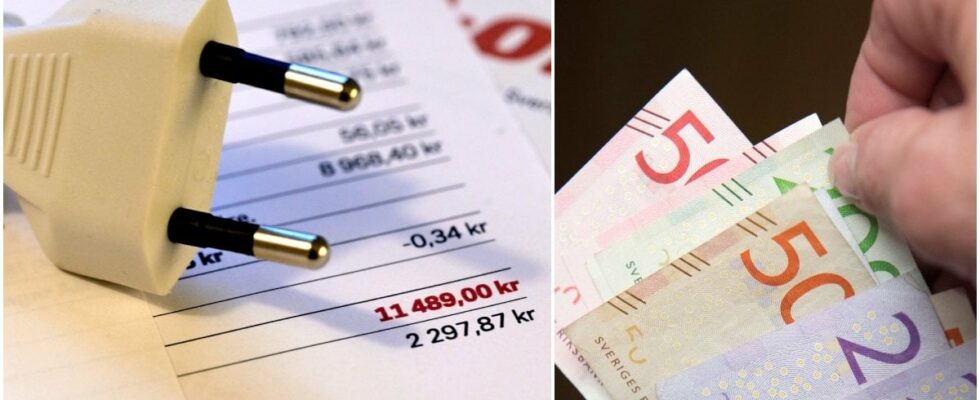In recent years, the Swedes’ economy has been increasingly affected by inflation, which has created an ever-increasing pressure on the Swedes’ wallets.
Inflation has pushed up the prices of everything from food and fuel to bills and interest.
But 2024 has in some respects shown a different trend. The Riksbank has lowered the interest rate as many as four times, in each of the most recent, on November 7, a double reduction of 0.50 percentage points was carried out. This means that the key interest rate is currently at 2.75 percent – ever closer to the two percent target per year that the Riksbank set to keep inflation in check.
READ MORE: The income requirement can be lowered – then 12,000 can buy a home
Photo: Fredrik Sandberg/TT
READ MORE: 155,000 people will receive a higher pension in January 2025 – are you concerned?
More money in the wallet for Swedish households
The trend has also been shown to have an effect in Swedish households. SEB now reports that the gross and net wealth of Swedish households is growing. During the third quarter of 2024, they increased and the increase was mainly driven by a positive stock market and house price development, they report according to their “Savings barometer”.
“The household debt ratio continued to fall somewhat as a result of assets rising more than household debts. At the same time, the interest rate rose,” writes one press release on the 4th of December.
During the third quarter, i.e. July, August and September 2024, the net wealth of Swedish households increased by 2.6 percent – or SEK 619 billion.
– Household wealth continues to reach new highs. It is clear that a combination of rising stock prices and housing prices has now caused wealth to grow and thus made up for the large decline from the high inflation years. In order for the trend to continue during the last quarter of the year, a clearer recovery on the stock market is needed, says SEB’s private economist Americo Fernandez.
Américo Fernández, private economist at SEB. Photo: Caisa Rasmussen/TT
DON’T MISS: Tax Agency: New rules for loans from 1 January 2025
Debts rose: “Didn’t have the same strong development”
During the same period, it should also be added that Swedes’ debts also rose. Households had a total debt amount of 20 billion, an increase of 0.4 percent.
Among the loans that increased are:
– Despite the falling interest rate situation, household debt continues to grow at a relatively moderate rate. The economic recovery has shifted, which is reflected in households’ subdued attitude towards both higher debt and consumption. Somewhat counterintuitively, the interest rate also rose during the quarter. This is explained by the fact that household debts are growing after all, which means that total interest costs only fall marginally, while disposable incomes did not have the same strong development as in the previous quarter, says Américo Fernández in conclusion in the press release.
READ MORE: Change for all Ellevio customers – here are the new prices in 2025
Swedish households’ loan volume for mortgages broken down by loan-to-value ratio in percentage:
0-50 percent loan-to-value ratio:
50-70 percent loan-to-value ratio:
70-85 percent loan-to-value ratio:
85-100 percent loan-to-value ratio:
More than 100 percent loan-to-value ratio:
Source: Statistics SwedenStatistics Sweden.
DON’T MISS: Latest news – take part in what’s happening right now
